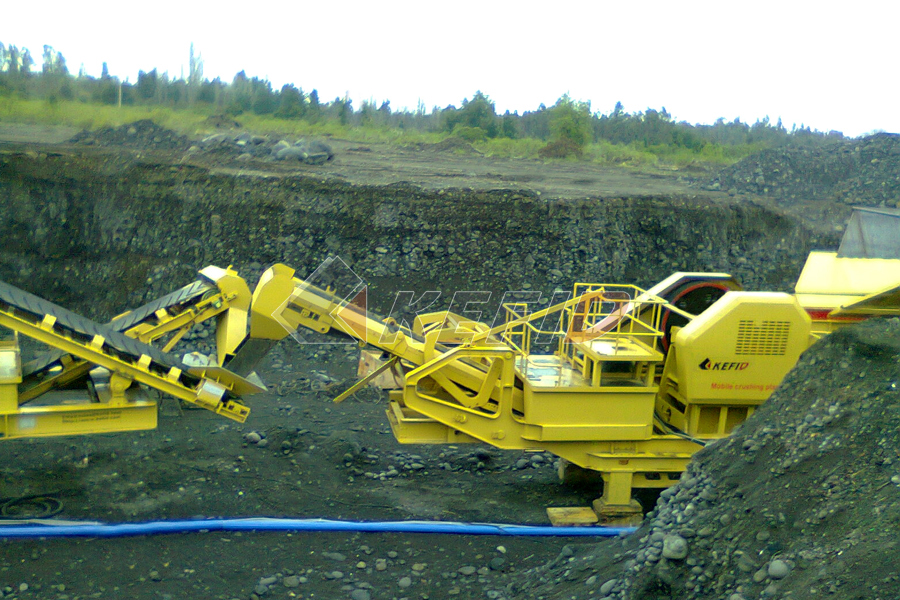Batch Type Ball Mills: Overview, Working Principle, and Applications
1. Introduction to Batch Type Ball Mills
Batch type ball mills are grinding machines used to grind and blend materials for use in mineral dressing processes, paints, pyrotechnics, ceramics, and selective laser sintering. Unlike continuous ball mills, batch mills operate in cycles where the material is loaded, ground, and then discharged before the next batch begins.
—
2. Working Principle
– Grinding Mechanism: The mill consists of a rotating cylindrical shell partially filled with grinding media (usually steel or ceramic balls). As the shell rotates, the balls lift and cascade, impacting the material to be ground.
– Batch Processing: Material is fed into the mill in a fixed quantity (batch), ground for a predetermined time, and then discharged.
– Control Parameters:
– Rotation Speed: Critical speed (optimal speed where centrifugal force equals gravitational force) affects grinding efficiency.
– Grinding Media Size & Load: Larger balls for coarse grinding; smaller for fine grinding.
– Material Feed Size & Quantity: Determines grinding time and fineness.
—
3. Key Components
1. Cylindrical Shell: Made of steel or lined with abrasion-resistant materials (e.g., rubber, ceramic).
2. Grinding Media: Balls (steel, alumina) occupying ~30–50% of the mill volume.
3. Drive System: Motor, gearbox/pulley system to rotate the shell.
4. Loading/Discharging Ports: For adding raw materials and removing ground product.
5. Cooling/Heating Jacket (Optional): For temperature-sensitive materials.
—
.jpg) 4. Advantages
4. Advantages
– Flexibility: Suitable for small-scale production or diverse materials requiring separate processing.
– Precision Control: Each batch can be optimized for time, speed, and media type.
– Easy Maintenance: Simpler design compared to continuous mills.
– Versatility: Can handle wet or dry grinding.
—
 5. Disadvantages
5. Disadvantages
– Lower throughput compared to continuous ball mills.
– Manual intervention required for loading/unloading (unless automated).
– Inconsistent particle size if parameters vary between batches.
—
6. Applications
– Ceramics/Paints: Grinding pigments and raw materials.
– Minerals/Metallurgy: Ore preparation for beneficiation.
– Ph




